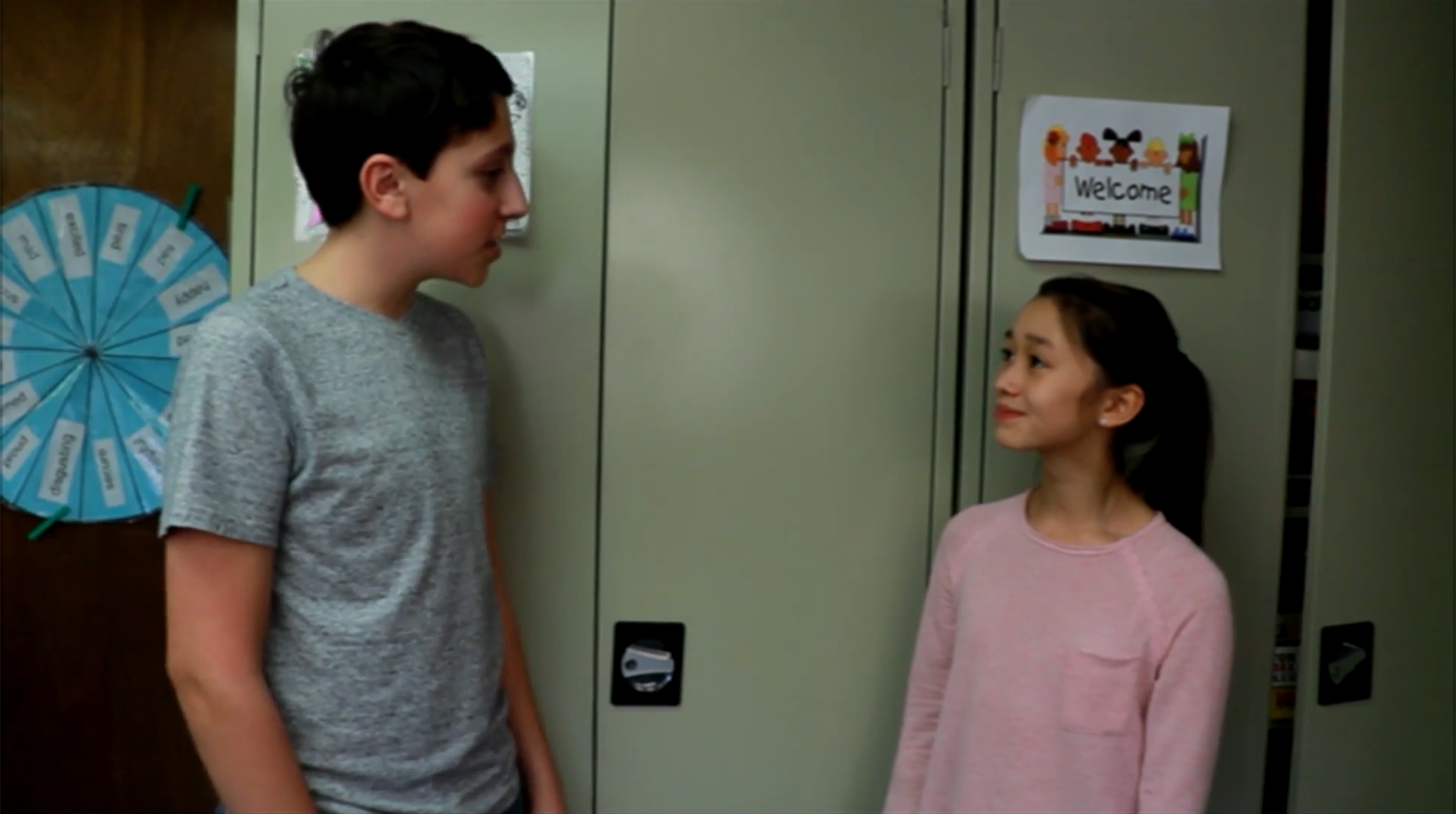
Introduction
The ability to introduce oneself is a vital skill for social interactions, as it sets the foundation for building new relationships. When teaching elementary students, it’s essential to incorporate principles of Social-Emotional Learning to foster healthy communications and connections. This blog post will provide an easy, no-prep activity for educators to use in teaching students how to introduce themselves, along with discussion questions and related skills.
No-Prep Activity: The Name Game
The Name Game is a simple activity that helps students practice introducing themselves without requiring any materials or preparation. Here’s how it works:
- Have students sit in a circle.
- Explain that each student will introduce themselves by saying their name and sharing one interesting fact about themselves.
- Start with the first student, who will say their name and share their fact.
- Continue around the circle, with each student introducing themselves and sharing their fact.
- After everyone has had a turn, ask students to recall the names and facts of their classmates.
This activity not only helps students practice introducing themselves but also encourages active listening and memory skills.
Discussion Questions
- Why is it important to introduce ourselves when we meet new people?
- How can practicing introductions help us feel more comfortable in social situations?
- What are some ways we can remember the names of the people we meet?
- How does body language play a role in making a good first impression?
- Can you think of a time when you felt nervous introducing yourself? How did you handle it?
Related Skills
Teaching students how to introduce themselves is just the beginning. Here are some other related skills that can help students build strong social connections:
- Active listening: Encourage students to listen carefully when others are speaking and show that they are paying attention.
- Empathy: Teach students to understand and share the feelings of others, helping them connect on a deeper level.
- Respect: Reinforce the importance of treating others with kindness and consideration, regardless of their differences.
- Effective communication: Help students learn to express themselves clearly and concisely while also being open to the ideas of others.
Next Steps
Now that you have a better understanding of how to teach students the art of introducing themselves, it’s time to put these skills into practice. For more resources, including free samples of lessons on introductions and other related skills, sign up at Everyday Speech. Their sample materials can help you incorporate Social-Emotional Learning principles into your classroom and set your students up for success in social situations.

